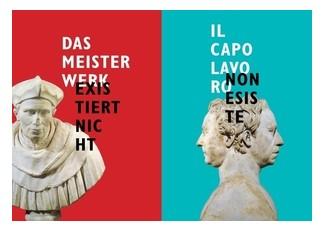Contenuto principale
The 1600s

The majesty of Baroque is the distinguishing artistic feature of the 1600s. While based on specific classical themes, the formal exaggerations of this astonishing style are somewhat removed from the canons of the great masters of the previous century.
Sculpture is essentially conceived in a grandiose, celebratory way, both in the public domain with the spectacular decoration of cities and in the private portraiture of bronze and marble busts.
Gian Lorenzo Bernini is the Roman artist who chiefly interprets the Baroque spirit. His sculptures, carved from a single marble block, with no seams, seek the emotional involvement of the observer. The virtuosity of their technique lets them dramatically stress the contrast between areas in shadow and in light.
His ability to relate to the ancient statuary and rework it with his singular genius was due to his father, Peter Bernini, here present with two works that evidence a crucial phase of his stylistic development: the mythological personage of Andromeda is represented in the typical serpentine pose beloved of the taste of the second half of the 1500s, while the subject of the Allegory of Virtue Victorious over Vice harmonically blends with the coming Baroque intuitions and characteristics.